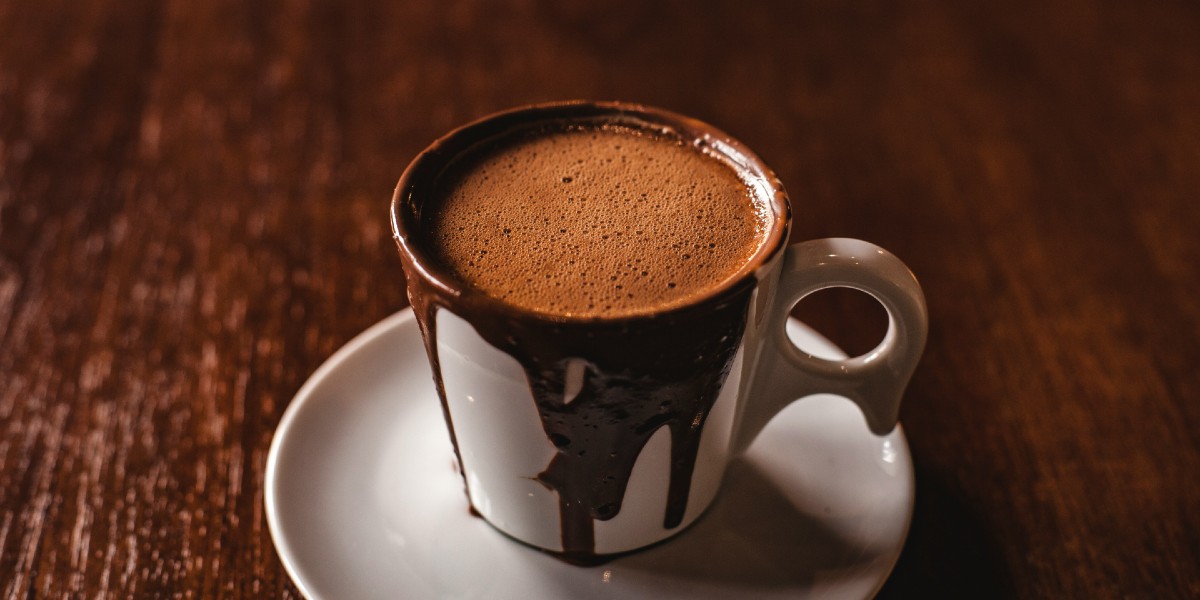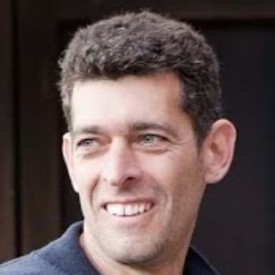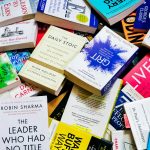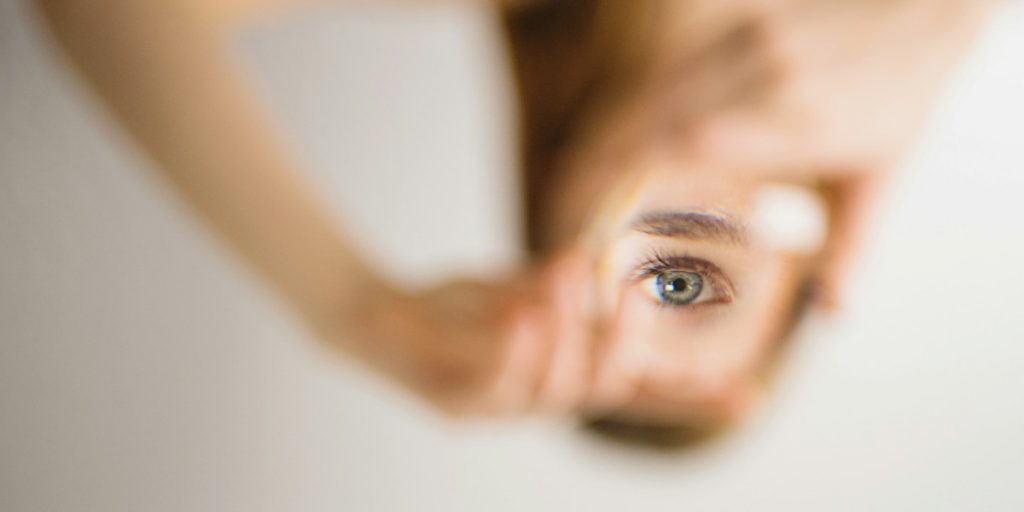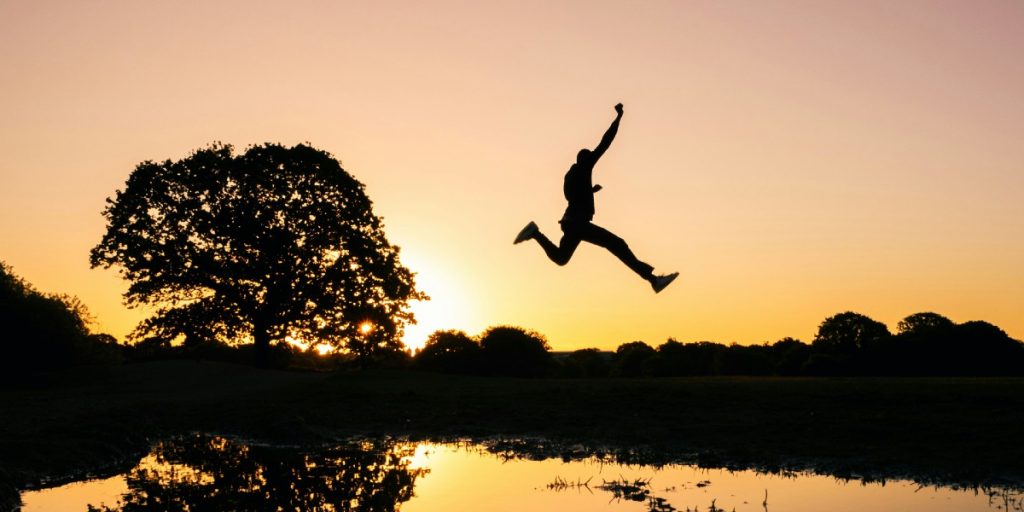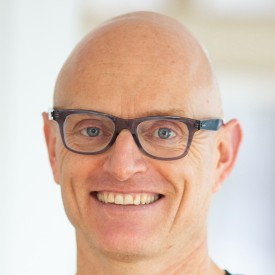Rowan Jacobsen is a food writer and explorer. Over the past few years, he has been journeying to the Amazon and Central America, chasing chocolate back to its sacred cultural roots. He has written eight books, including the James Beard Award-winning A Geography of Oysters and Truffle Hound. He has written for the New York Times, Harper’s, Outside, Food & Wine, Forbes, Mother Jones, Scientific American, Smithsonian, Vice, and other publications. His work is frequently featured in Best American Science & Nature Writing and Best Food Writing.
What’s the big idea?
We are in a golden age of chocolate. Forget about those sugar-vanilla-filler concoctions sold for absurdly cheap prices in candy aisles everywhere—the time has never been so ripe to explore the flavors of real chocolate made from actual cacao. Bean-to-bar artisans are opening access to high-flavor, heirloom cacao varieties, connecting chocoholics to a tradition that dates back thousands of years into ancient Latin American history. What was once sacred about chocolate became warped beneath the socially and environmentally destructive practices of industrial cacao production. Fortunately, now food writer Rowan Jacobsen has had the chance to document today’s chocolate renaissance thanks to the amazing farmers, activists, and entrepreneurs returning chocolate to its sacred roots.
Below, Rowan shares five key insights from his new book, Wild Chocolate: Across the Americas in Search of Cacao’s Soul. Listen to the audio version—read by Rowan himself—in the Next Big Idea App.

1. Chocolate comes from a fruit.
Once you wrap your head around that fact, everything else falls into place. Chocolate is made from the seeds of the cacao tree, which is native to the Amazon rainforest. The seeds are about the size of almonds and come in pods that look like Nerf footballs. They can be red, yellow, green, or purple, and they’re fun to throw. (I have this funny theory that kids have been throwing cacao pods at each other for probably 10,000 years, which partly helped the tree spread all over the American tropics.) To make chocolate, you take the seeds out of the pods, roast them, and grind them into a paste. That’s chocolate in its purest form.
That’s the form that the ancient Maya and other peoples of Latin America used for thousands of years. They always drank their chocolate unsweetened, mixing it with water and maybe some chilis or other spices, and they worshiped the trees it came from. It wasn’t an after-dinner treat; it was the soul of the rainforest in a cup. It was a totally different relationship with chocolate than we have…except, deep down, I think we still get some of those same vibes from chocolate.
2. Chocolate has superpowers.
I can think of at least three superpowers that make chocolate a very special food. The first, of course, is flavor. We love chocolate for its flavor. But sometimes we take it for granted. Chocolate is bitter, sweet, fruity, nutty, and savory all at once. It’s like an encyclopedia of flavor.
But all that flavor would be no big deal without chocolate’s second superpower: cocoa butter. Cacao seeds are the only source of this magical fat, which gives chocolate its richness and plasticity. Cocoa butter is solid at room temperature, but warm it up to body temperature, and it melts beautifully. That’s not so good when it happens in the seat of your car, but it’s delicious when it happens in your mouth. That gives drinking chocolate a luscious thickness and allows chocolatiers to transform it into all sorts of shapes.
When you eat chocolates, you get a form and flavor that no other food can match, but you’re also getting chocolate’s third and most important power: It makes you feel good. Chocolate is a great drug. It’s got a little caffeine to put an extra kick in your stride, but it also has its own caffeine cousin called theobromine. It’s got some cannabinoids, some amphetamines, and some other fun neurotransmitters. It makes you fall in love with the world all over again, every time.
3. Bad chocolate is really bad.
Growing up, I did not fall in love with the world every time I ate chocolate. I didn’t even really like the stuff. But that’s because I was eating pretty crappy chocolate. The mainstream chocolate in the candy aisle doesn’t have much cacao. It’s mostly sugar, vanilla, and cheap fillers.
“Enforced poverty is how the international chocolate industry keeps its candy so cheap.”
This gets to the heart of what went wrong with chocolate. It became industrial. After Europeans were introduced to the drink by Mesoamericans in the 1500s, it became a huge hit in Europe and eventually all over the globe. As demand exploded, the forest gardens of the Americas couldn’t keep up, so new cacao farms were started in Africa, and the industry kept expanding. But they didn’t plant the mind-blowing heirloom varieties prized in Latin America. They chose high-yield, low-flavor varieties known as “bulk beans.”
Today, Africa produces about 70 percent of the world’s cacao, and it’s almost entirely bulk beans. The industry doesn’t care about the poor flavor because most chocolate products have so much sugar and vanilla in them that no one even notices the cacao. But they also sell for a very low price, and that’s where the big problem arises. Millions of African cacao farmers make about a dollar a day for full-time work. Sometimes, children work for no pay at all. This enforced poverty is how the international chocolate industry keeps its candy so cheap, but it comes at a huge social and environmental cost to Africa.
4. Good chocolate is hard.
Back in the 2000s, much better chocolate began appearing on American shelves. It had higher percentages of cacao, with just enough sugar to balance the bitterness, and it had flavors I’d never encountered before. And it was all coming from the American tropics. A new generation of bean-to-bar artisans had arrived. They were willing to pay the higher prices required to get the heirloom varieties needed to create masterpieces—especially if that cacao was supporting local economies and sustainable forest management.
One of the most mind-blowing bars I tried was called Cru Sauvage, and it was being made entirely from cacao that a German explorer was sourcing in Bolivia. He claimed it was completely wild cacao growing deep in the rainforest. Most experts didn’t believe him: Wild cacao? Long gone. So, I called the guy. He told me to come see for myself. He was about to go upriver on a new expedition.
So I flew to Bolivia, and the two of us hired a small plane to drop us in the zone. Everything was flooded, including the landing strips in the jungle, which are all made by narcotraffickers transporting cocaine. Sure enough, we finally made a sketchy landing on an overgrown runway, and immediately, four guys with guns came out of the nearby cabin to ask us what we were doing. We had to use half our money to pay them off, and then they let us go. That was just the beginning of the craziness.
As we headed downriver in our canoe, we found flooded forests of beautiful cacao. We could pilot our boat right up underneath the trees. Local people were harvesting it, and we made a deal to buy it from them. It made some of the most beautiful and wild-tasting chocolate I’ve ever had.
“There’s never been a better time to be a chocoholic.”
But in the following years, the whole operation went bankrupt. There were just too many floods, too many bugs, too much drugs, and too many ways for money to disappear into a lawless jungle. My German friend walked away broke, then returned, obsessed with making the perfect bar. I realized it’s the same all over the neotropics, where the best heirloom cacao grows. Getting your hands on that cacao and getting it out of the jungle in good condition is almost impossible. You have to be an artist and a dreamer.
Fortunately, chocolate attracts exactly these people. We’re in a golden age of chocolate, with new long-lost varieties of cacao being discovered every year. There’s never been a better time to be a chocoholic.
5. Chocolate should be sacred.
I’ll never forget the time I visited the Oaxaca Valley of Mexico and helped a woman named Carina Santiago make her special chocolate drink. The recipe goes back in Carina’s family for centuries and is a labor of love. You toast each ingredient on a clay griddle over a wood fire: corn, cacao, wheat, cinnamon. Then, you kneel in front of a stone table, known as a metate, and grind the ingredients into a paste. Then you put the paste in a gourd, add hot water and a little honey, and whip the drink into a froth, spinning a wooden stick between your hands until it has a huge head of foam on top. Only then is it ready to serve.
That’s how the ancient Mayans did it, too. They cared as much about the perfect foam as any barista does today. The result is amazing, like drinking a chocolatey cloud, but the process takes hours. Why go to so much trouble? Because chocolate is a ritual—it always has been.
Five hundred years ago, when somebody made you a cup of chocolate, they were taking the energy of the rainforest and transforming it with their own labor into a liquid work of art. As you took in all those flavors and neurotransmitters, you focused your mind on the joys of being alive in a world with such amazing energies.
That’s still the case. Today, cacao ceremonies are being rediscovered, and chocolate is being returned to its sacred roots. I wrote my book to capture the stories of the farmers, activists, and entrepreneurs making this happen, sometimes at great personal risk. Theirs is an amazing tale, and it was my great privilege to get the chance to tell it.
To listen to the audio version read by author Rowan Jacobsen, download the Next Big Idea App today:












